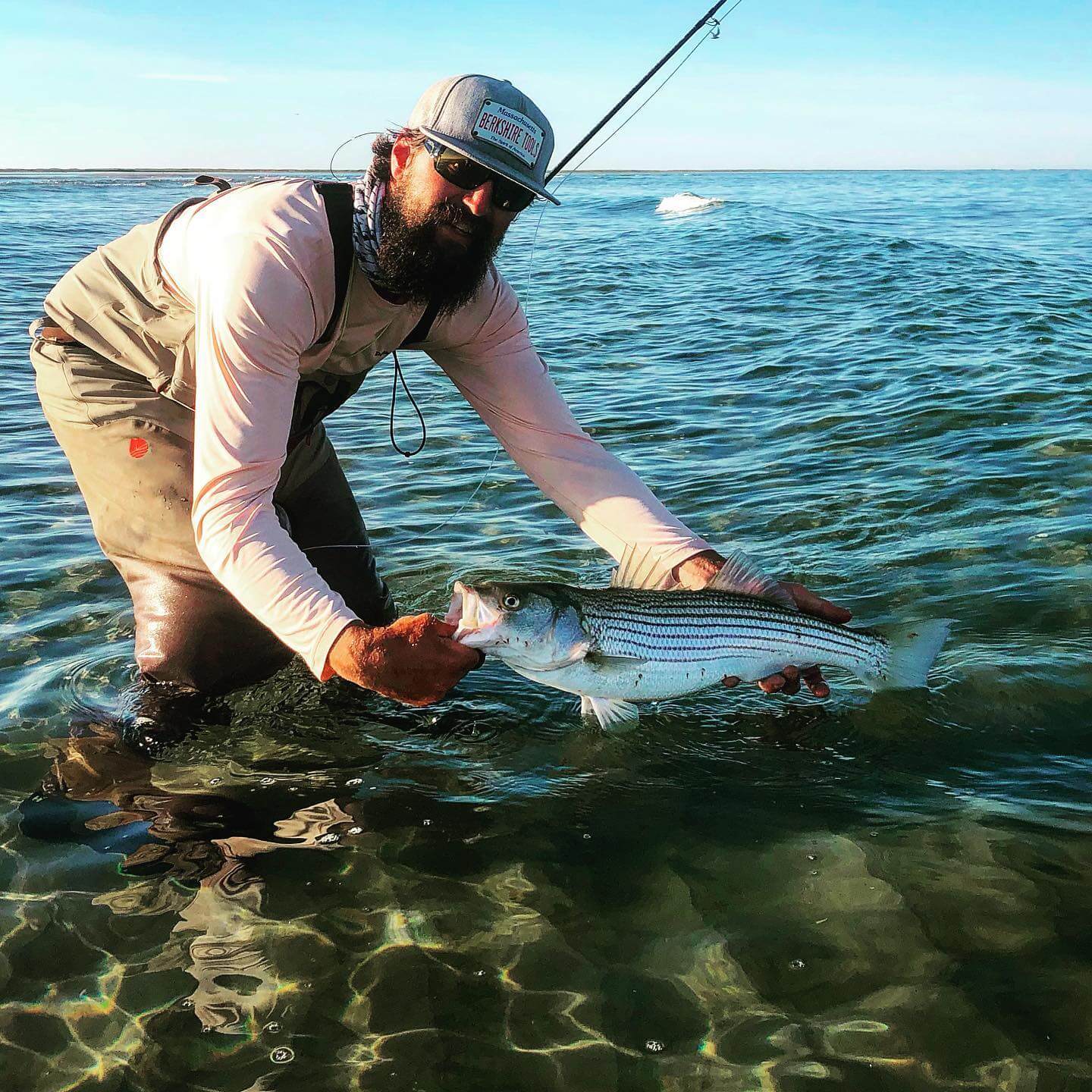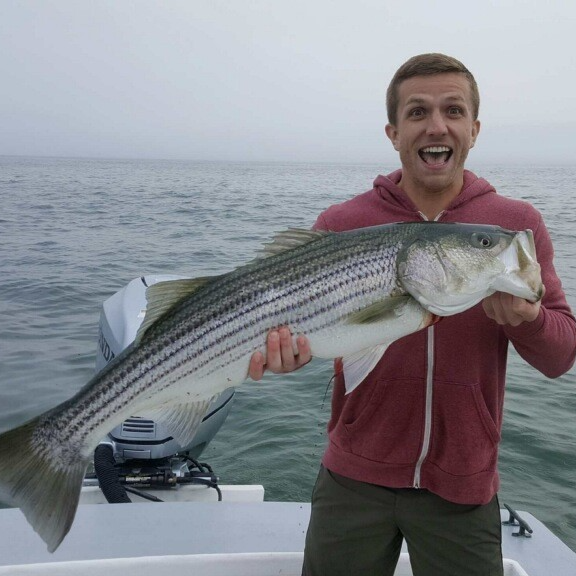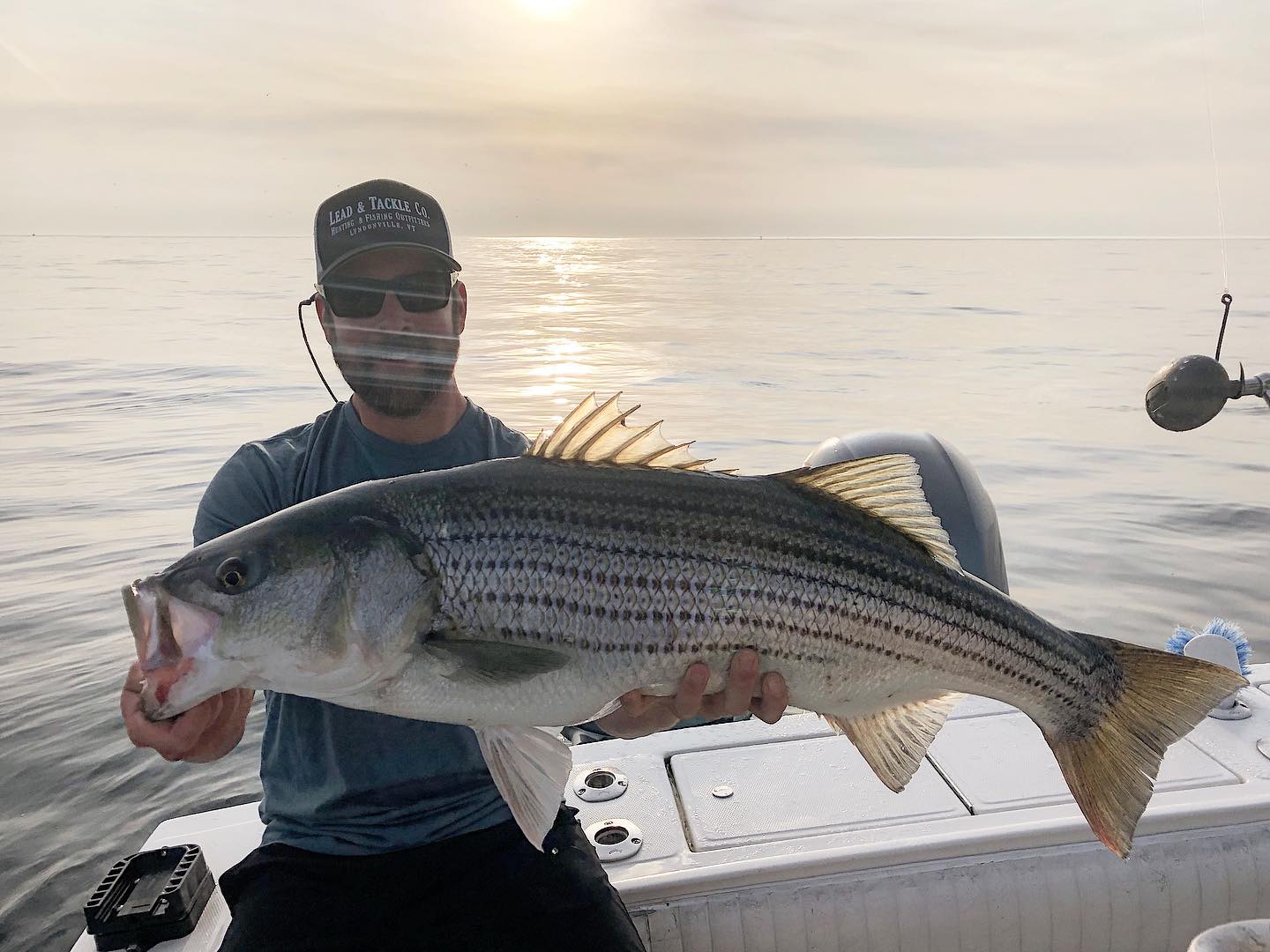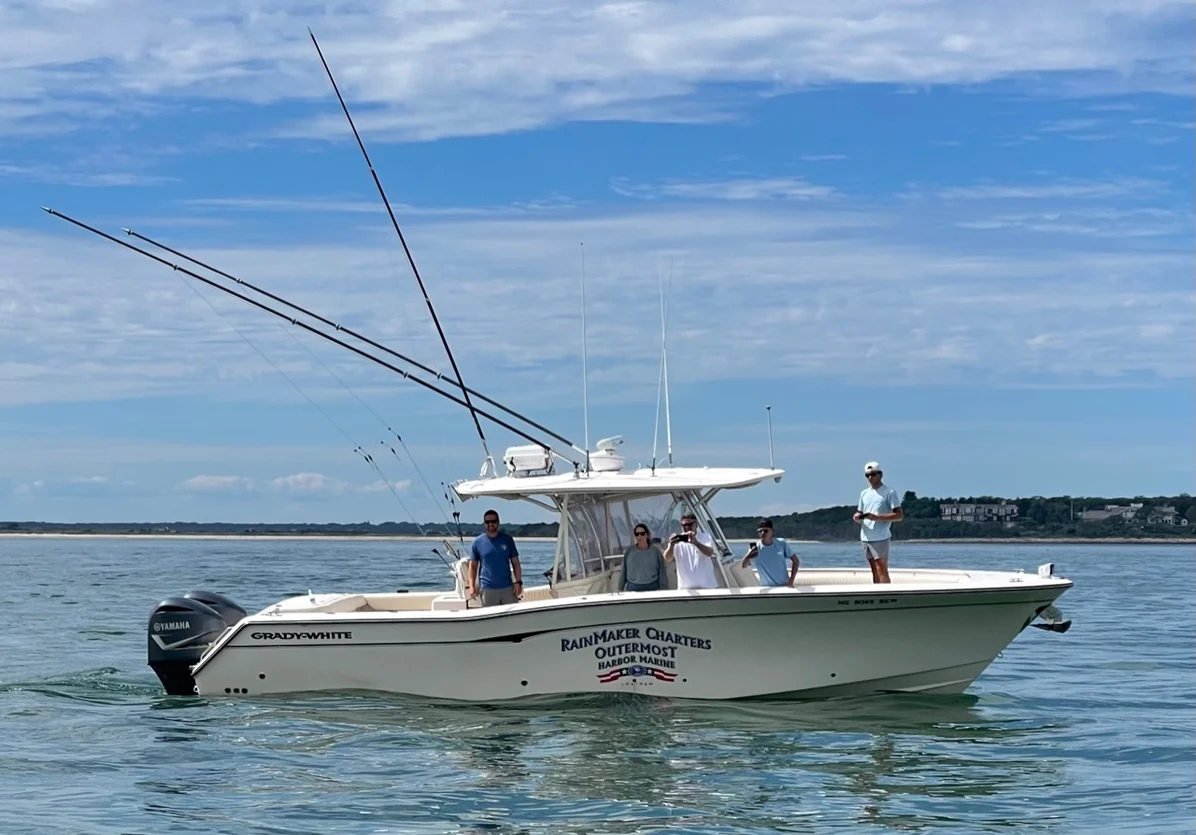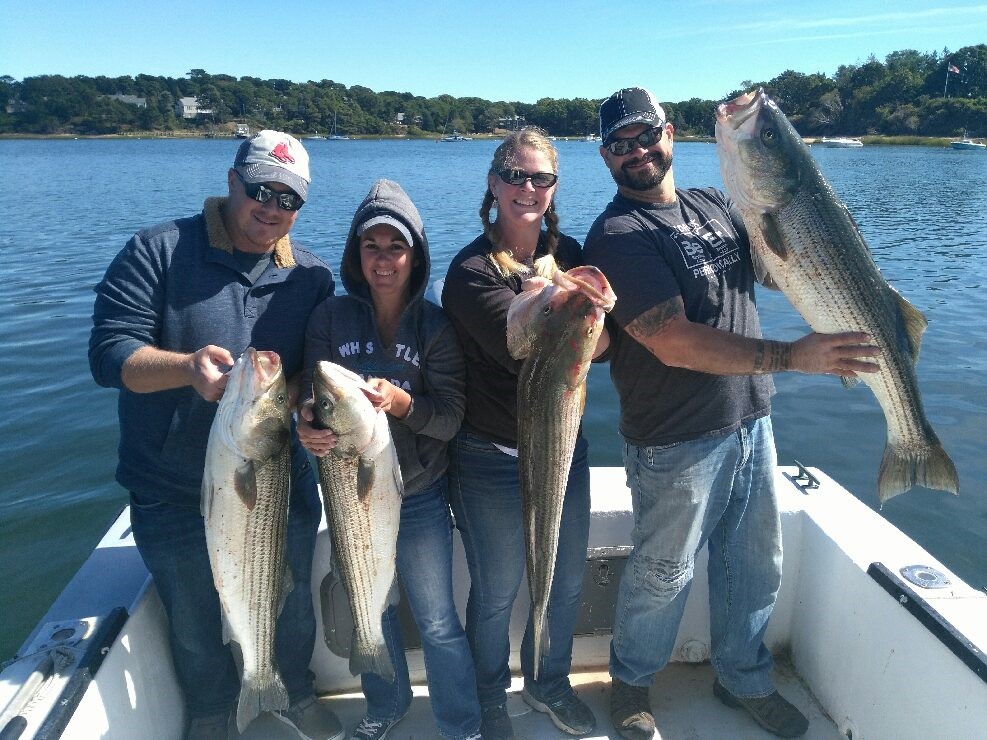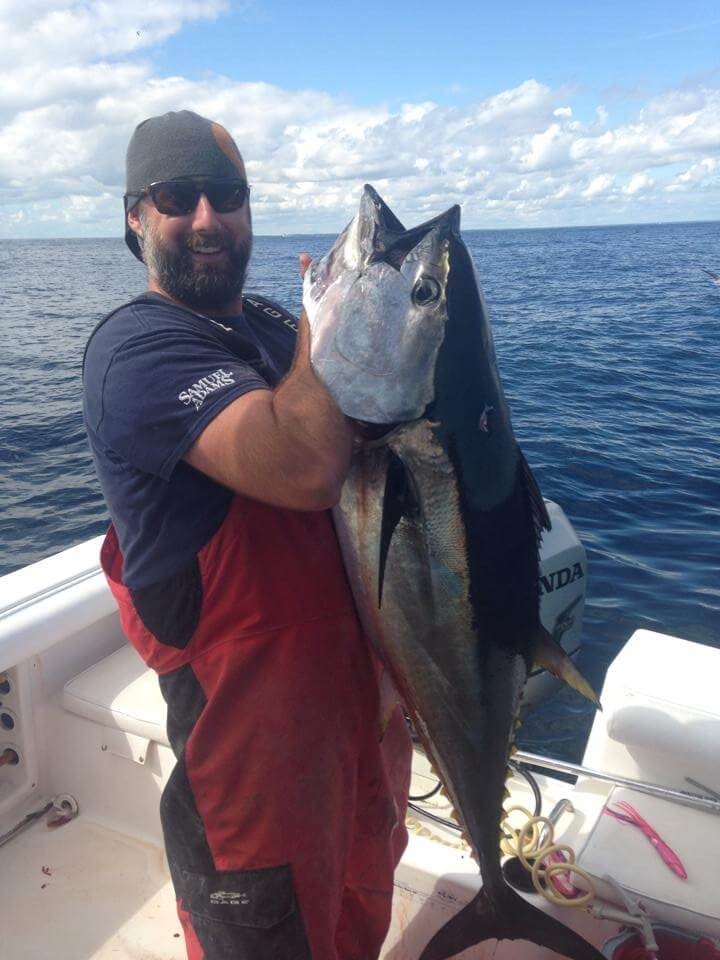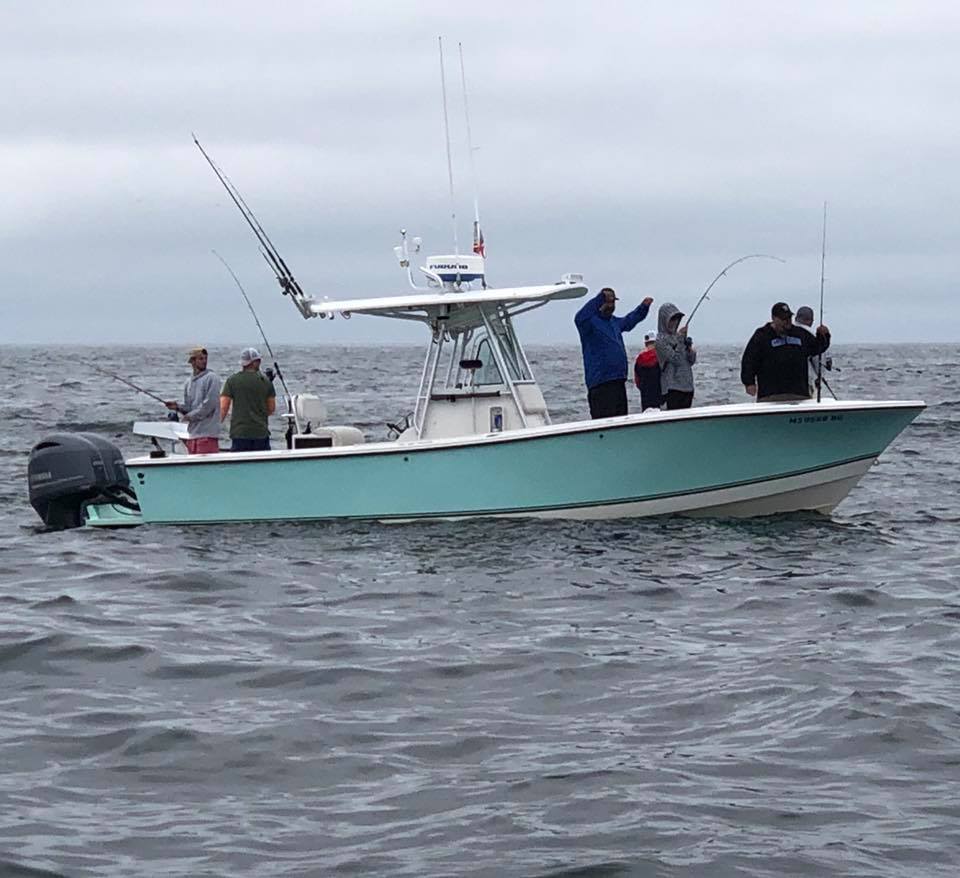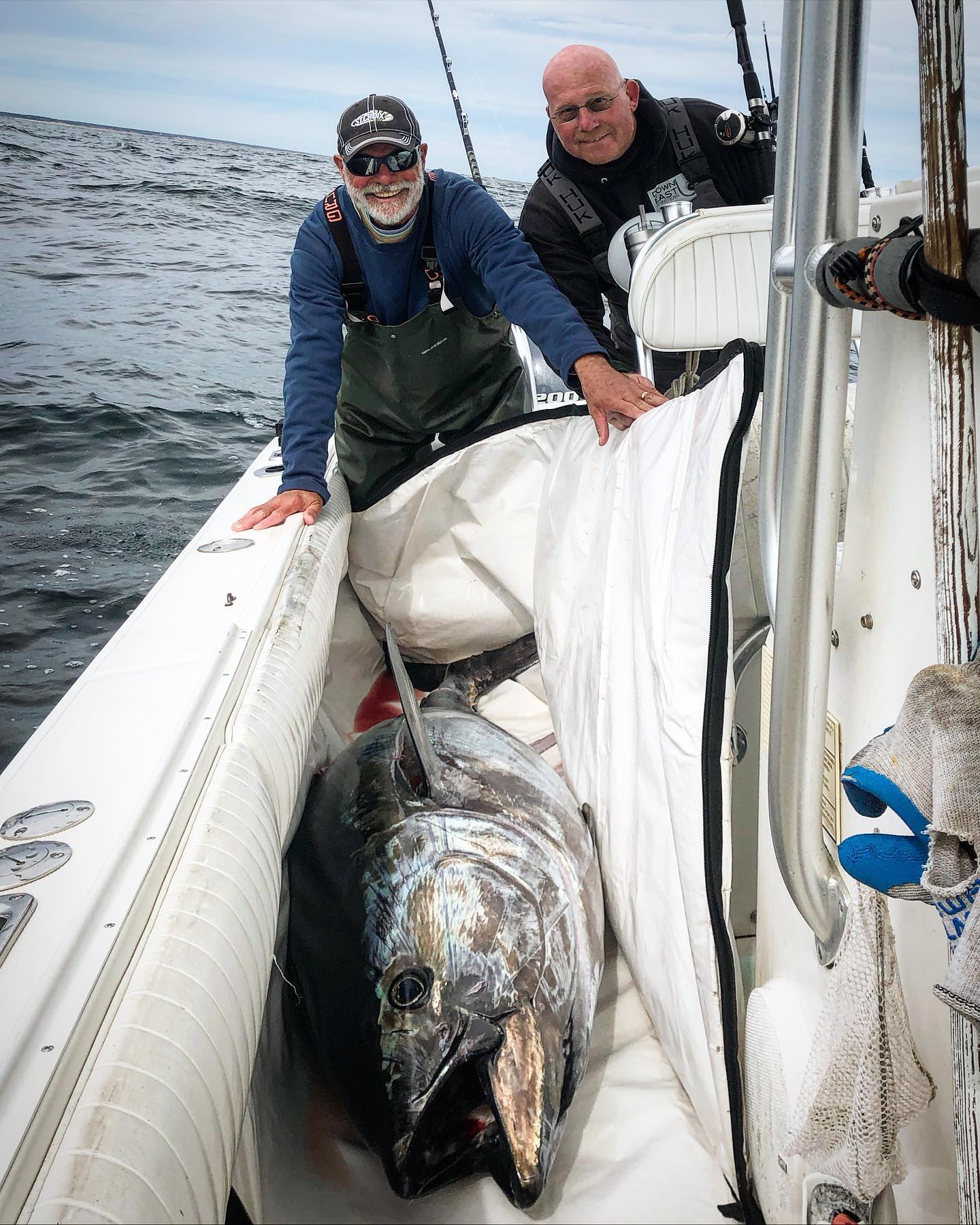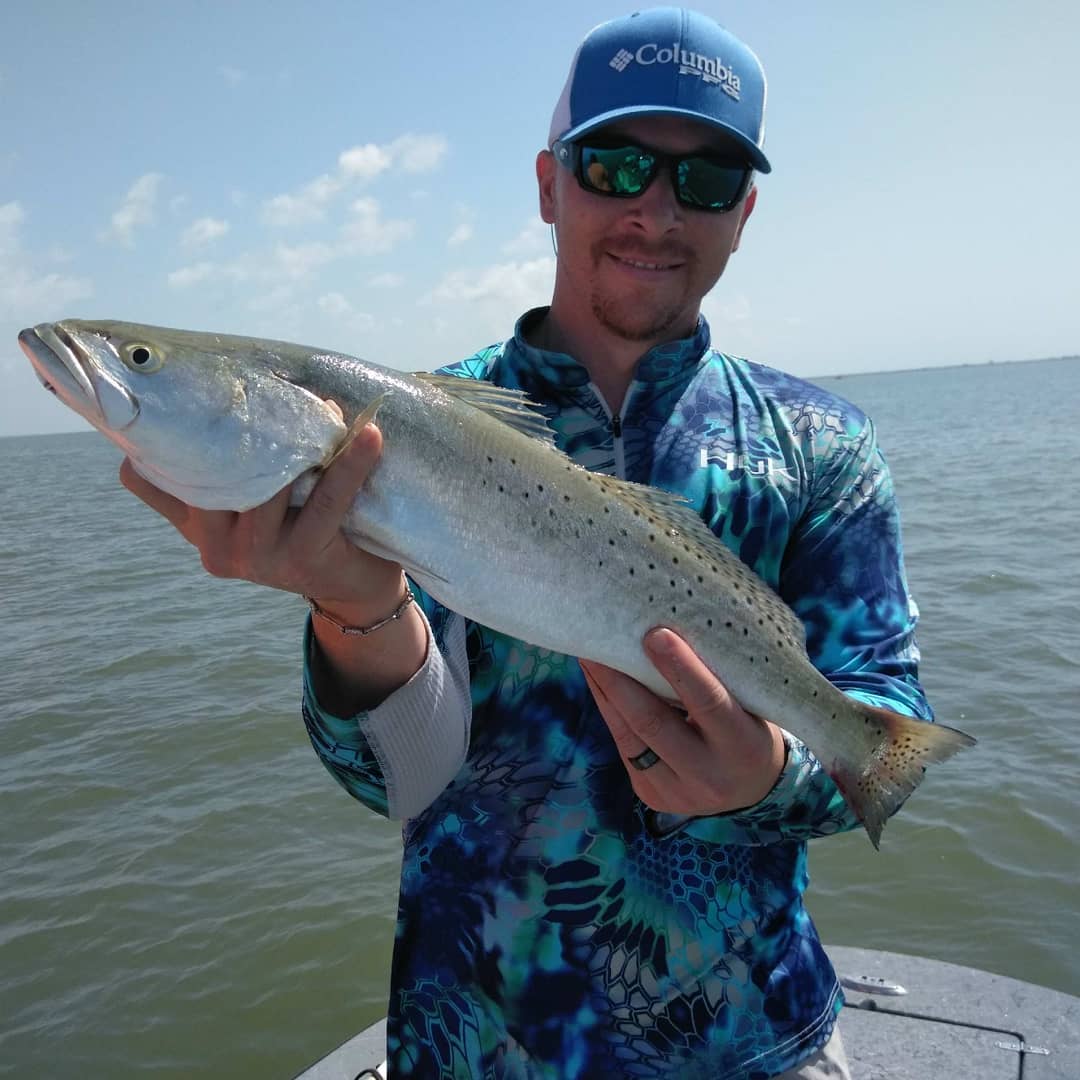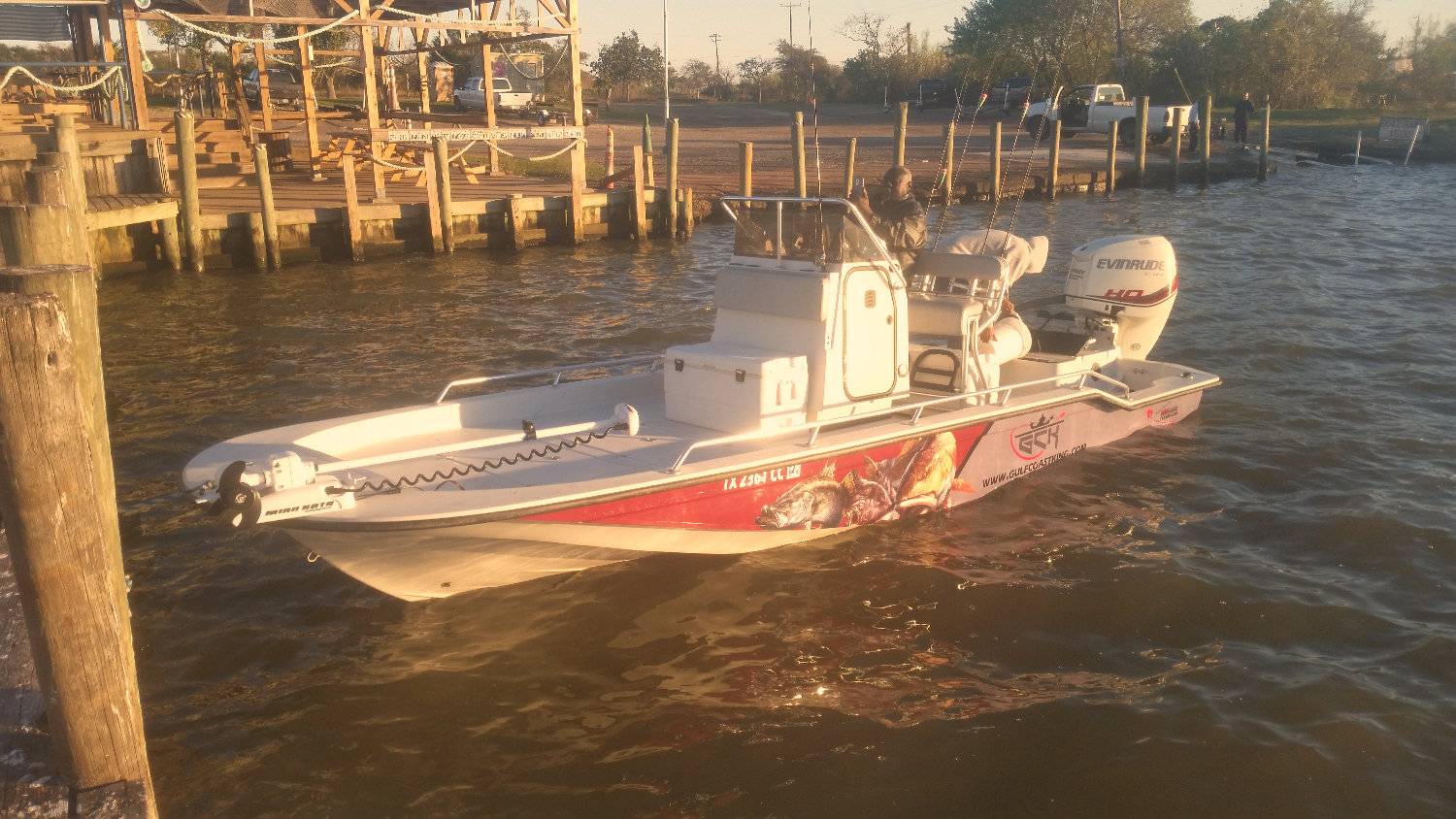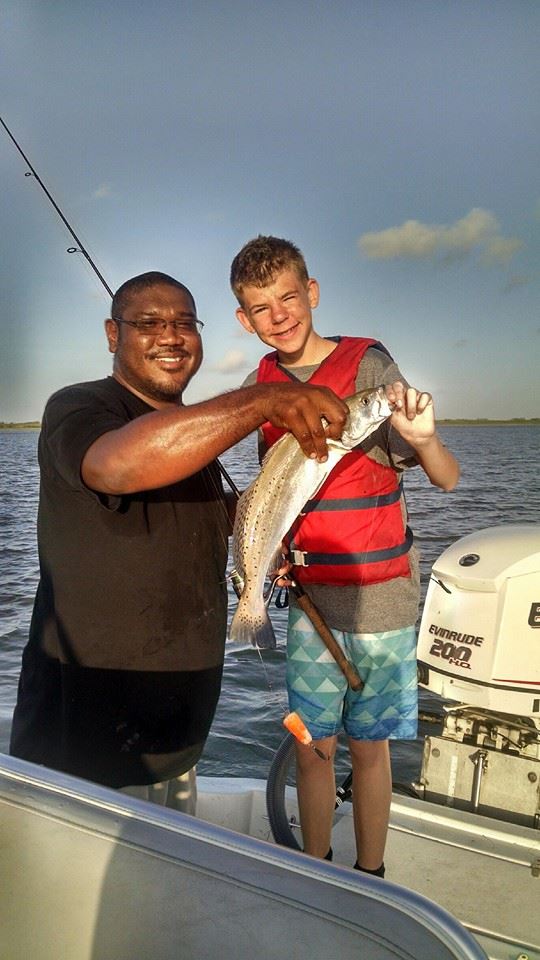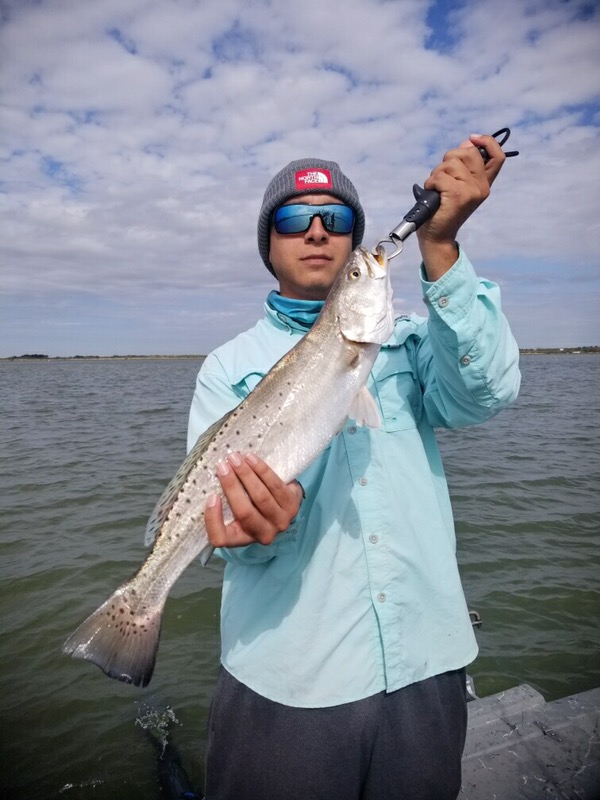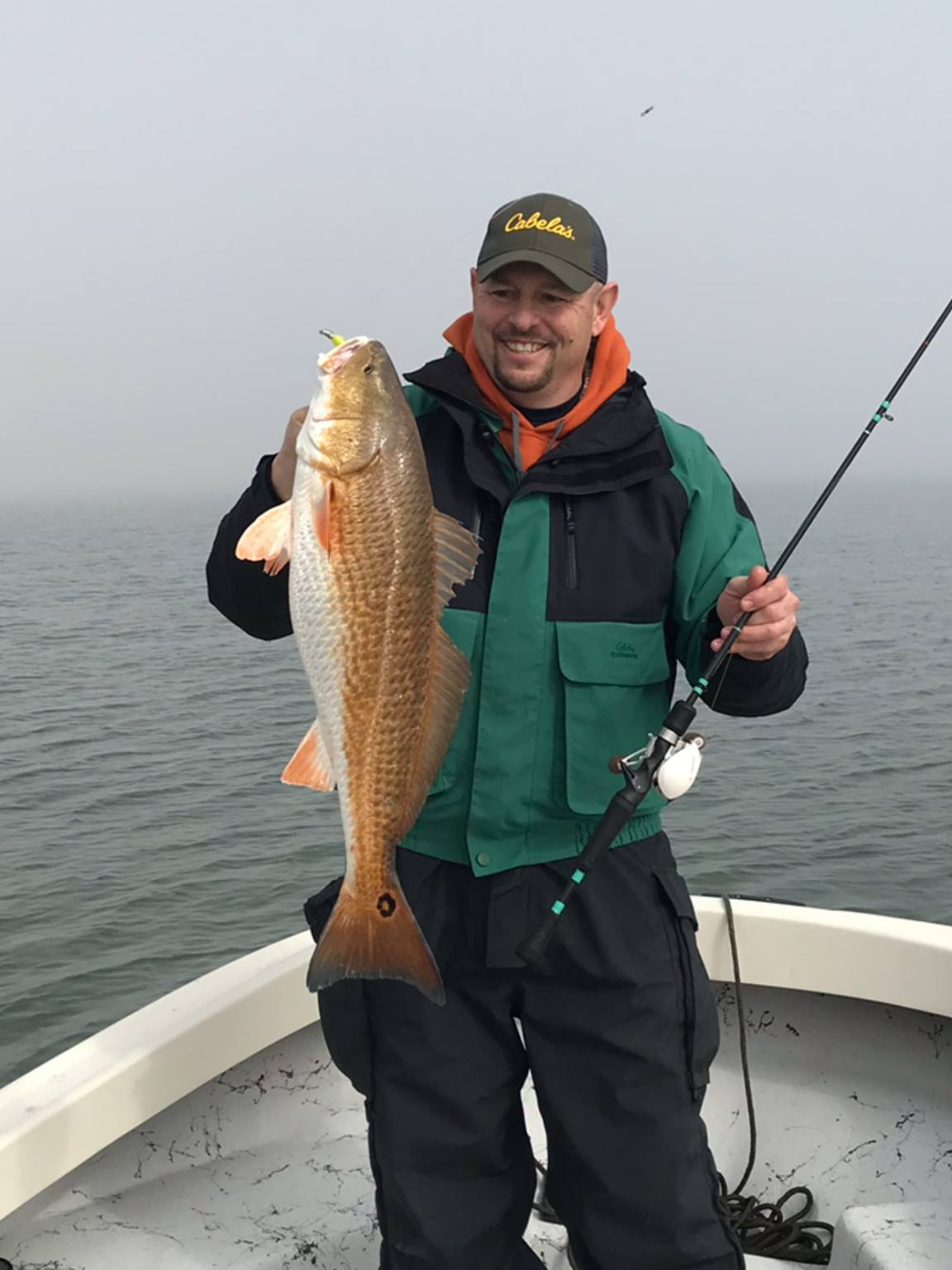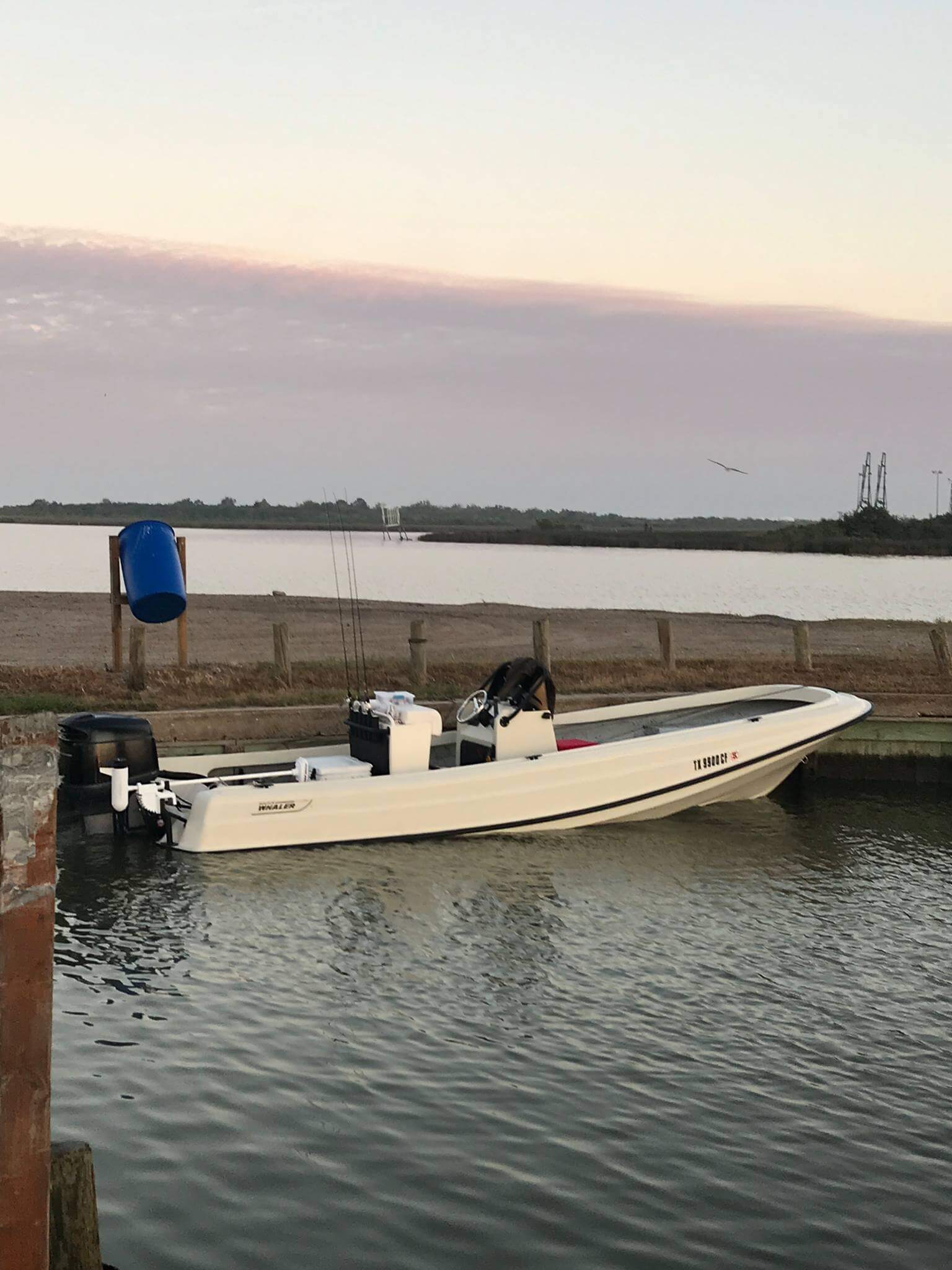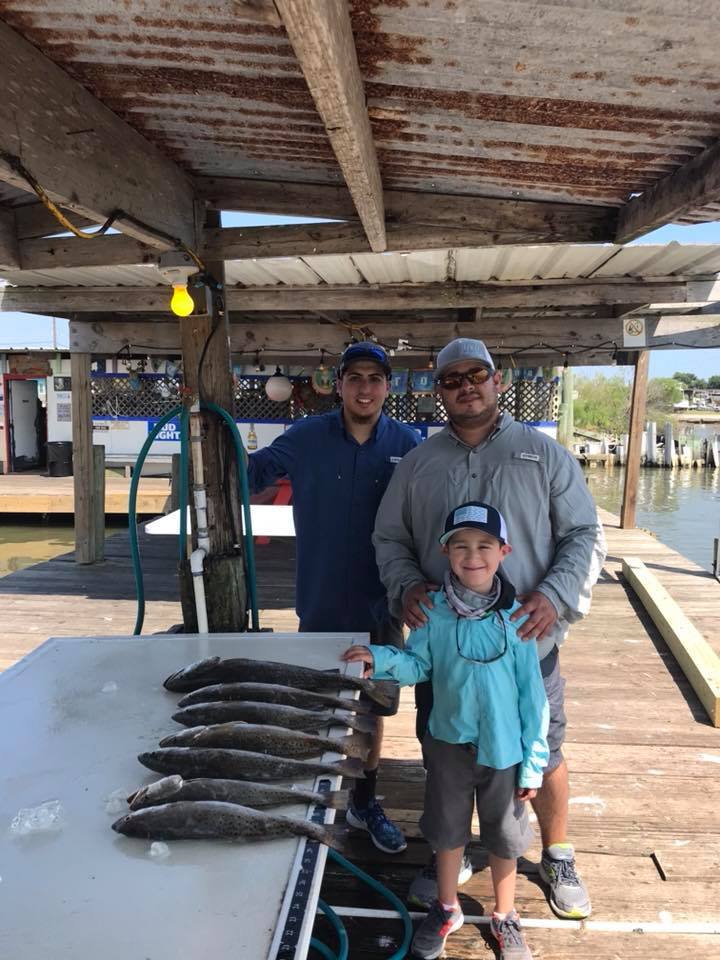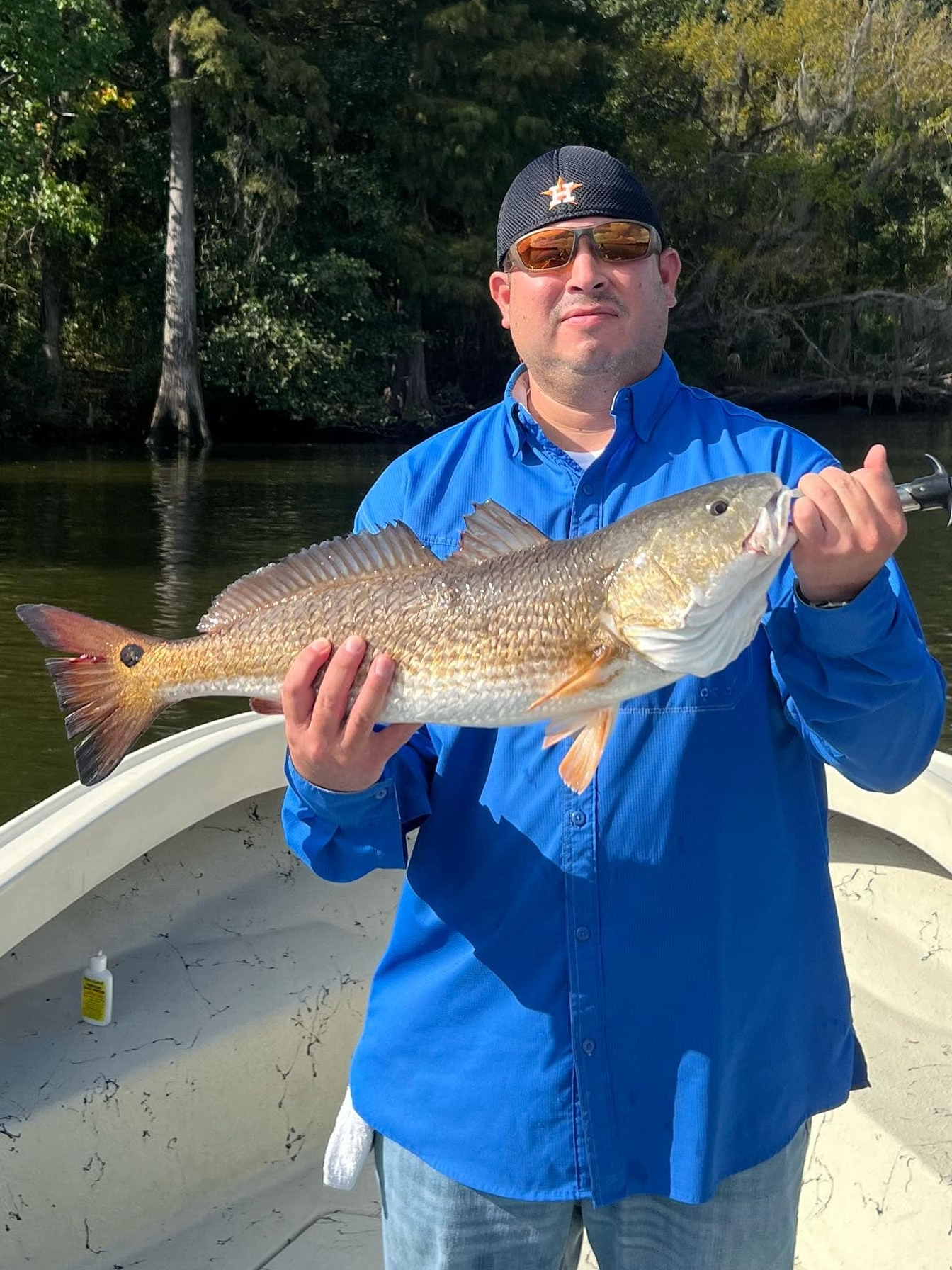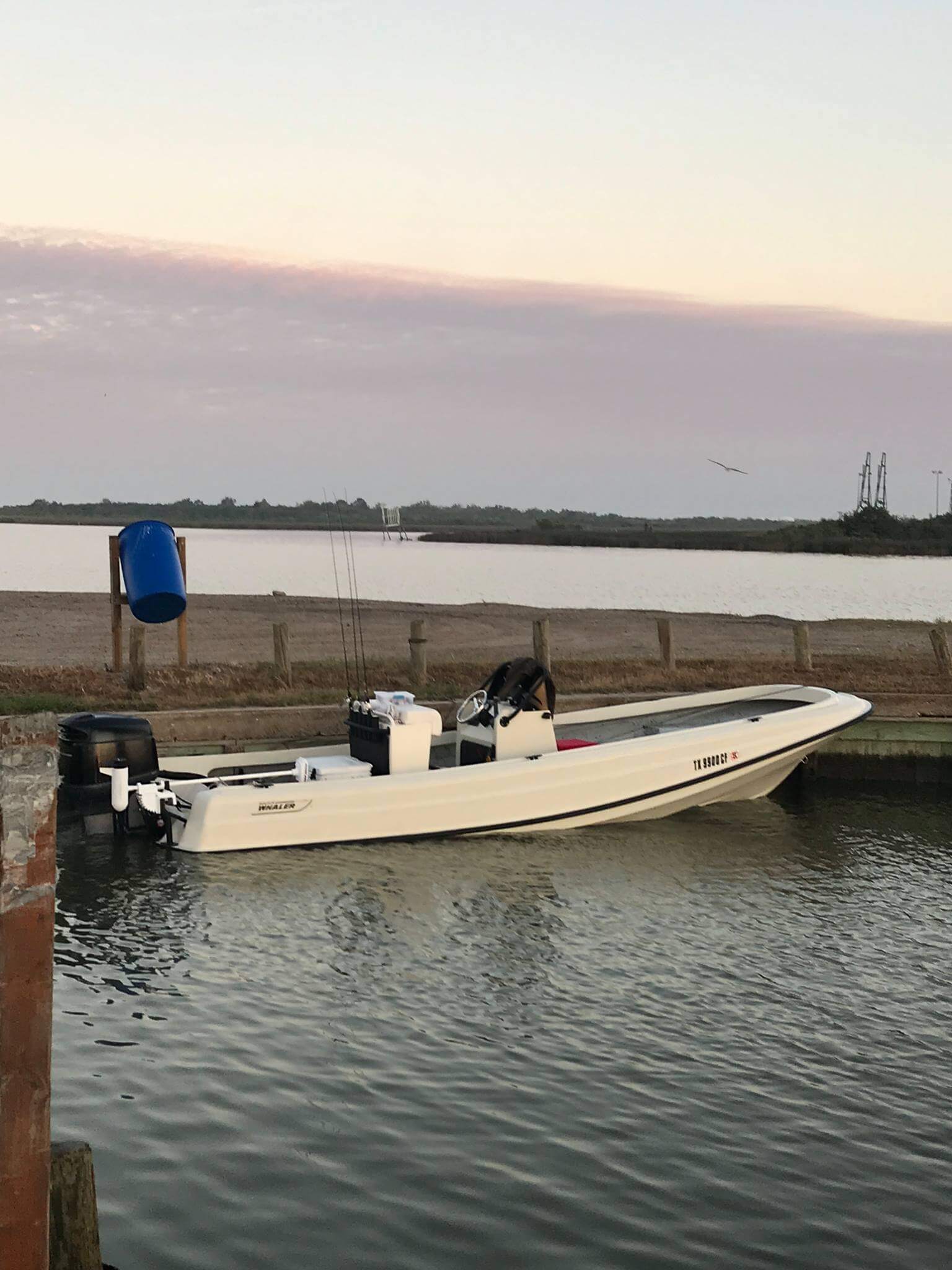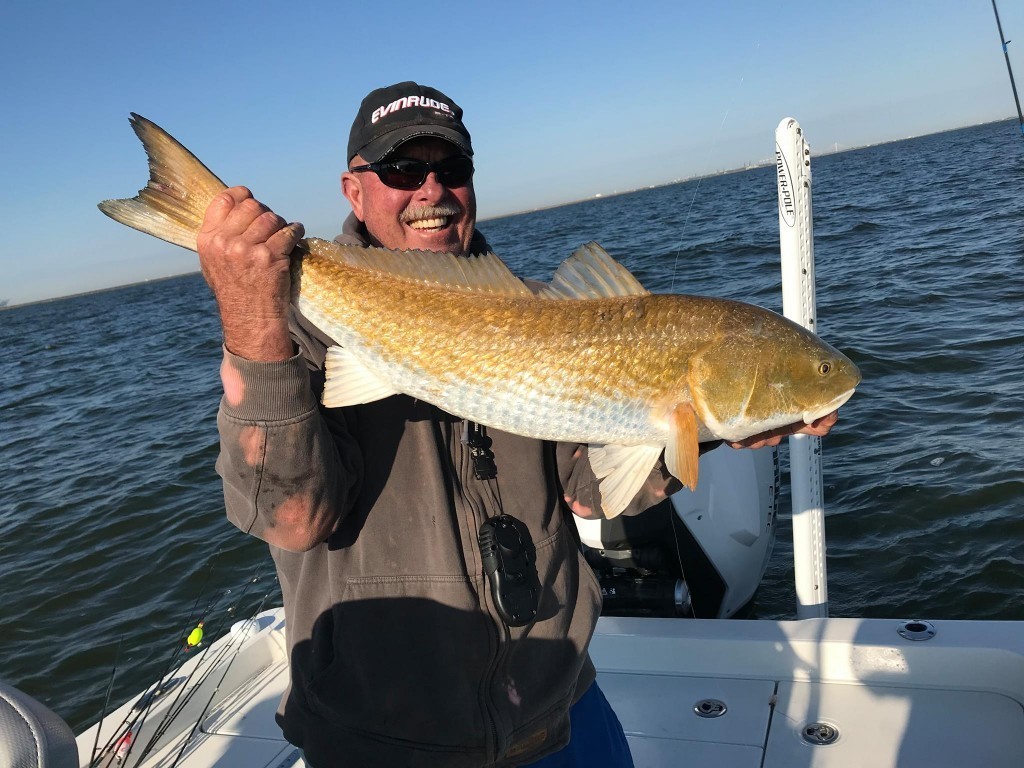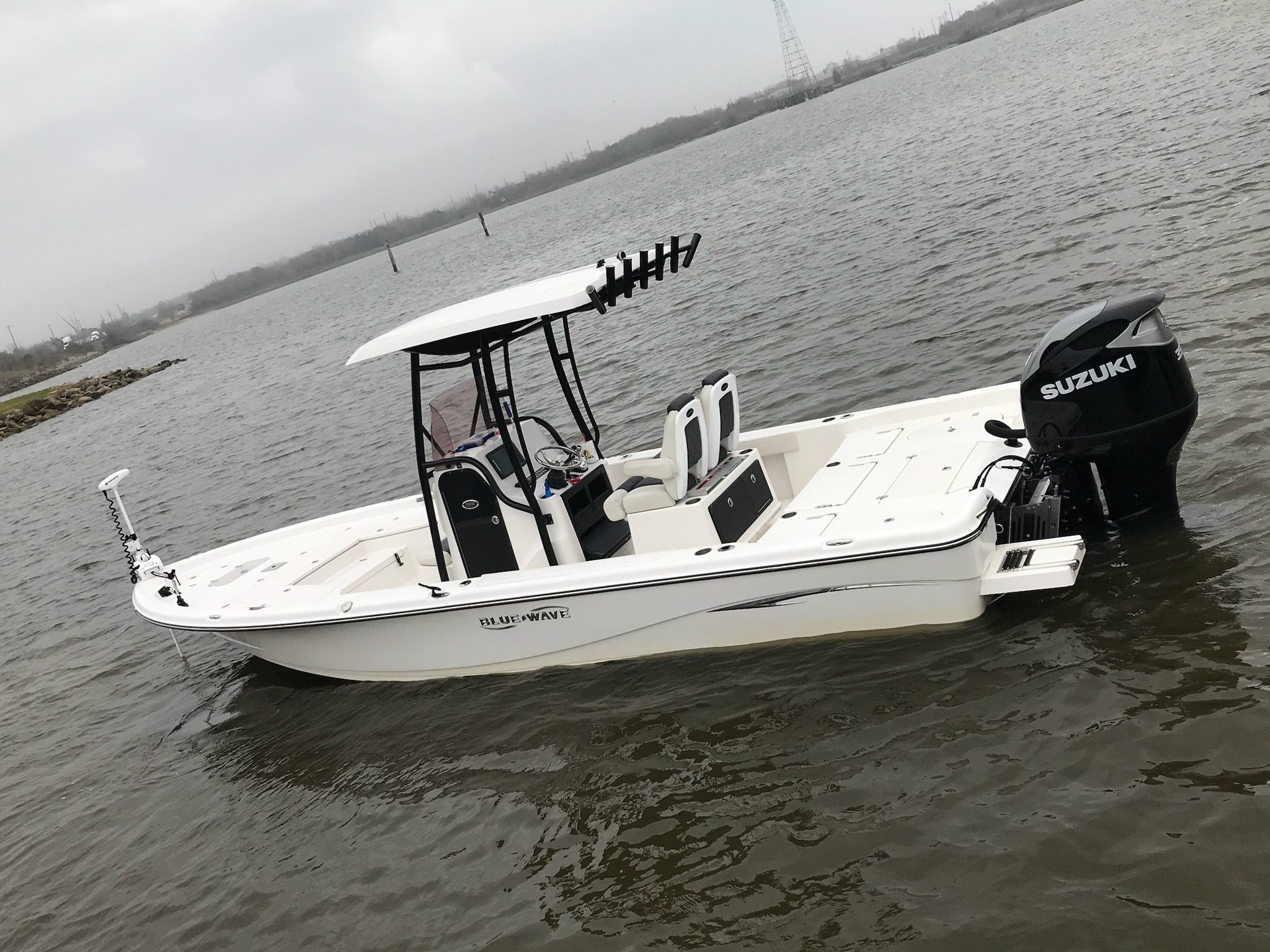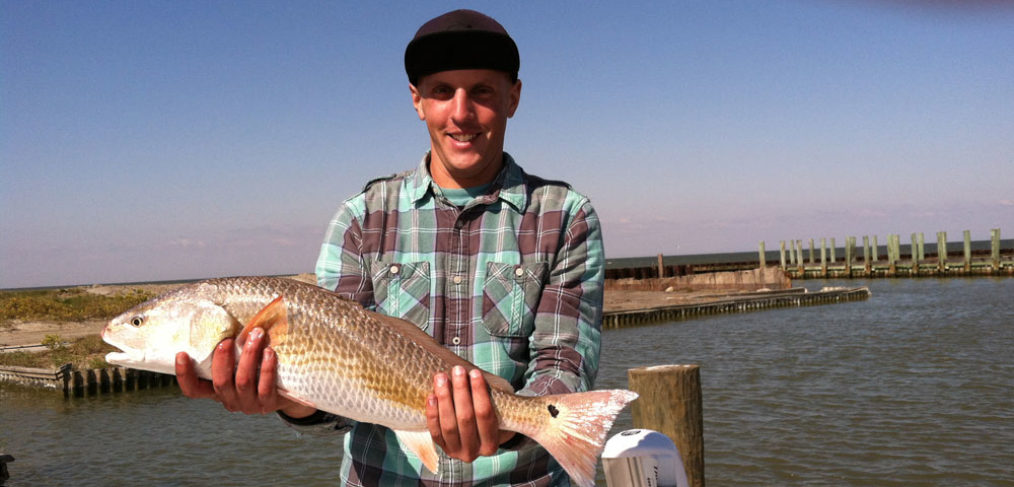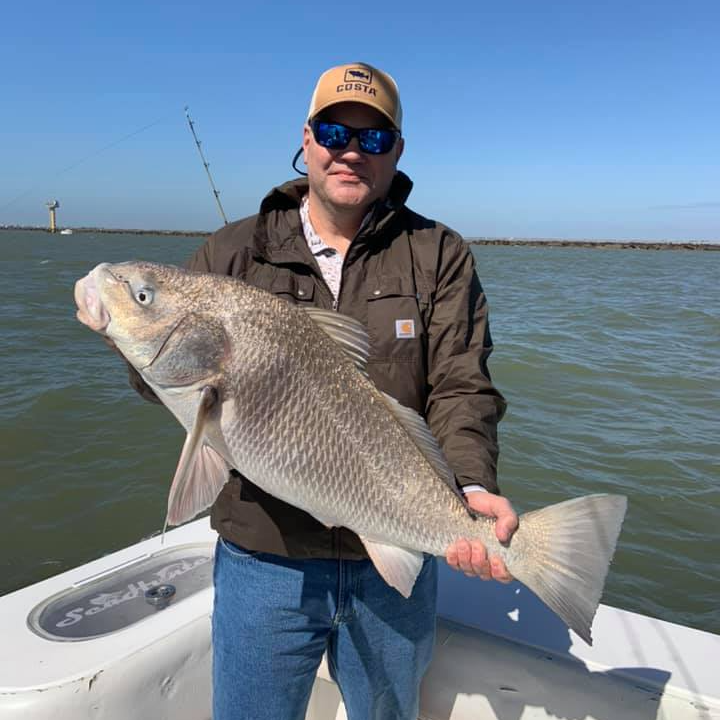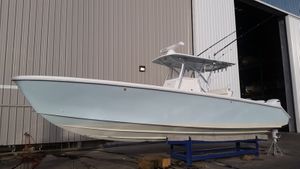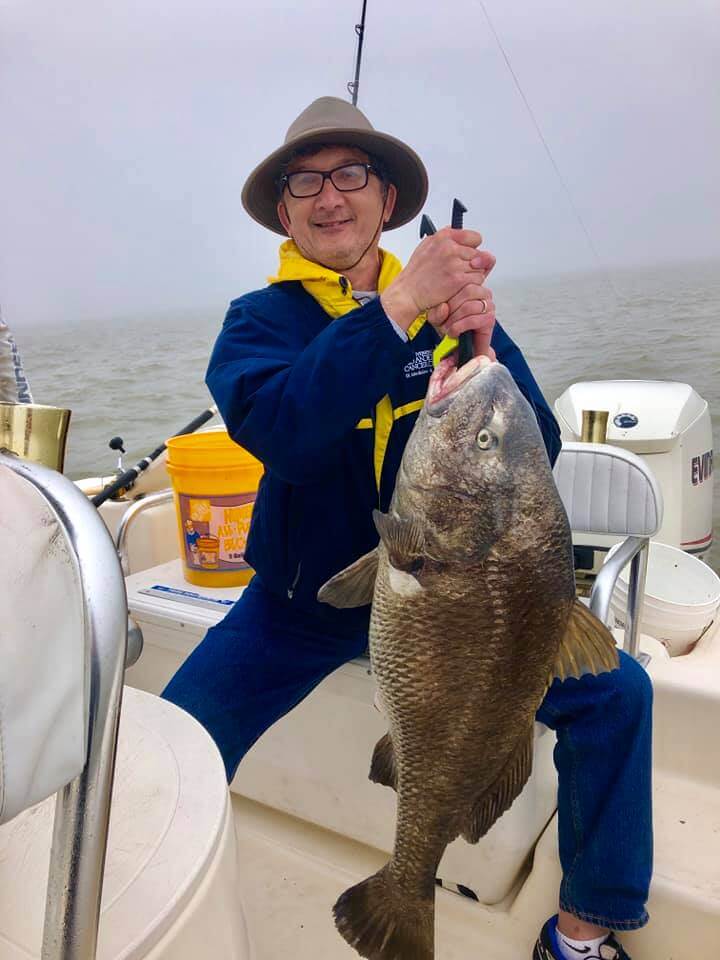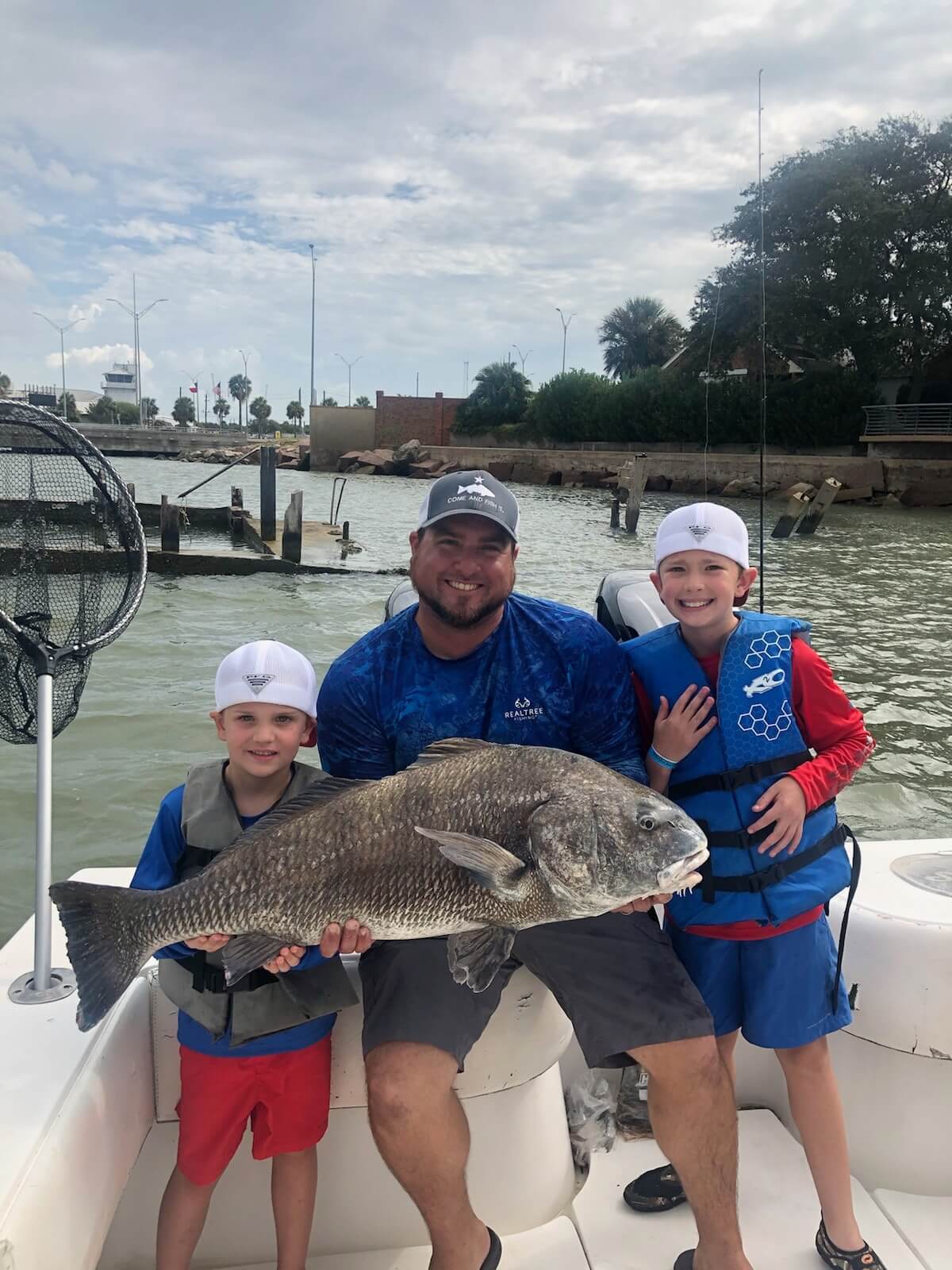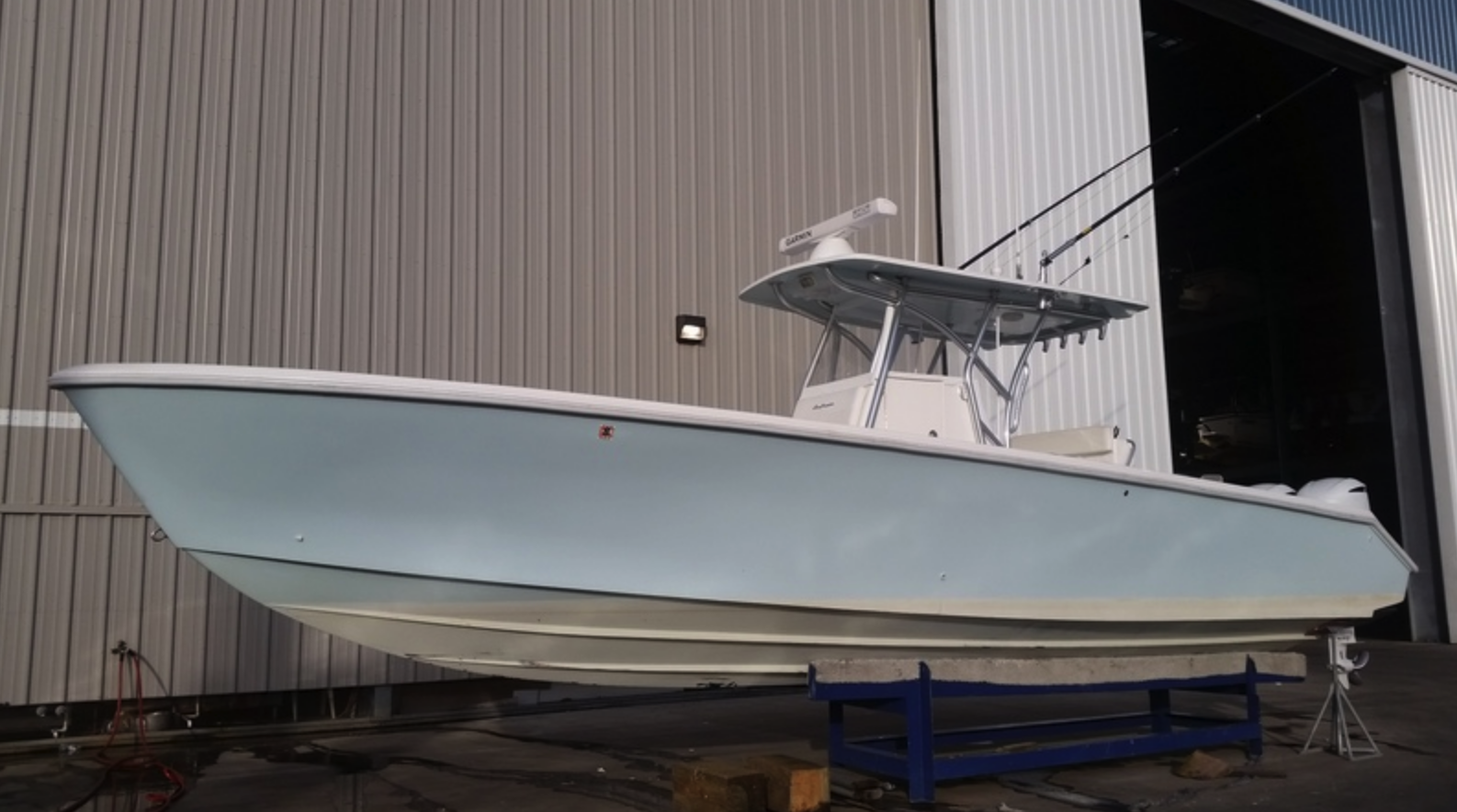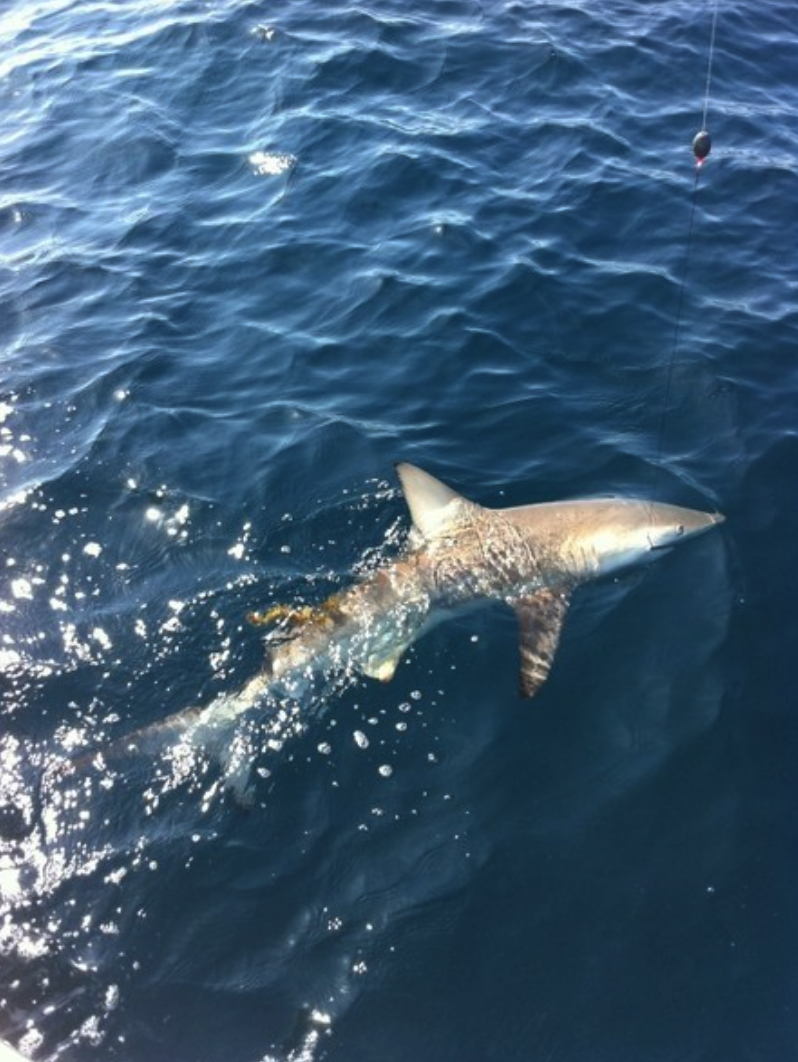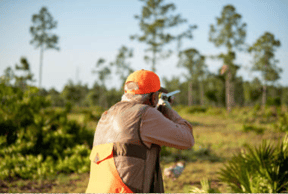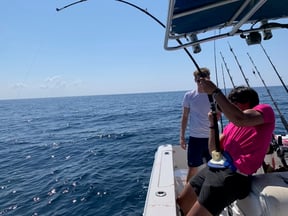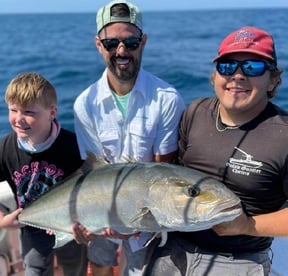Inshore, Flats Fishing in Chatham
Early Season Cape Cod Flyfishing
Early Season Striper 33’
Tuna Trip - 26' Regulator
West Bay Trip
Upper Galveston Bay Trip
Inshore, Nearshore Fishing in Galveston
22' Whaler Inshore
22' Whaler Inshore - Texas City
Galveston Inshore Trip
Nearshore, Jetty Fishing in Galveston
Bay And Jetty Fishing
Nearshore, Jetty Fishing in Galveston
Shark And Bull Drum Trip
We started Captain Experiences to make it easy to book fishing and hunting guides around the world. With over 2,000 Damn Good Guides, our platform makes finding and booking a trip seamless. Head here to check out our trips.
NOAA Fisheries recently announced a proposal that would limit the speed of vessels on the east coast. These proposed rules are aimed at protecting the North Atlantic right whales from collisions with boats. In the event of a collision, right whales can be seriously injured and even die. The effort to reduce vessel speed is part of complex plan to recover this endangered whale.

NOAA Regulations to Protect Right Whales
The proposed regulations would expand current seasonal speed restrictions of 10 knots or less in designated areas of the ocean to most vessels between 35 and 65 feet long. In addition, NOAA will release a “draft roadmap” for public comment about the use of ropeless fishing gear and ways to increase its use in commercial fisheries on the east coast.
Right Whale Protection
For the last several decades, collisions with vessels and entanglements in fishing gear have been the two leading causes of injury or death of right whales.
During a 15 year period between 2003 and 2018, researches found that all juvenile and adult right whale deaths were attributable to human activities when a cause of death could be determined. Unfortunately it has also been observed that right whales that survive their first year of life are not living long enough to die a natural death. In 2017 scientists declared an “Unusual Mortality Event” for North Atlantic right whales. An Unusual Mortality Event is defined as a significant die-off that requires an immediate response. Four vessel strikes in the last three years have killed or seriously injured North Atlantic right whales off the East Coast of the United States.
The proposed vessel speed changes would incorporate additional vessels 35 to 65 feet in length and broaden the spatial boundaries and timing of the seasonal speed restriction areas along the East Coast of the United States. Vessels less than 65 feet in length account for five of the 12 documented lethal strike events in U.S. waters since the first speed rule went into effect in 2008, demonstrating the significant risk this vessel size class presents and the need to extend the speed restrictions to include smaller vessels.
The draft “ropeless roadmap” identifies the status and remaining research and technology needs for on-demand fishing gear, and includes considerations of the economic, safety, operational, regulatory and enforcement challenges and opportunities related to implementing on-demand fishing. On-demand systems provide an alternative to seasonal fishery closures that are used to substantially reduce the risk of marine animal entanglement in fixed gear trap/pot fisheries. These fisheries typically use rope to connect surface buoys to gear on the ocean floor so it can be retrieved.
The North Atlantic right whale is one of the world’s most endangered large whale species. The latest preliminary estimates suggest there are fewer than 350 remaining, with less than 100 reproductively active females. Vessel strikes, fishing gear entanglements, climate change and other threats all pose challenges to this imperiled species. Working collaboratively, NOAA Fisheries and our partners are dedicated to conserving and rebuilding the North Atlantic right whale population through a variety of innovative techniques to study, protect, and recover these endangered whales.
Impact on Fishing Industry
Timelines for these Seasonal Management Zones or SMAs would vary depending on location, but generally they’d be in effect starting in November and run until mid-April to late-June (see proposed SMA map), extending from coastal waters out to 100 nautical miles. NOAA says the effort is an expansion of an already-existing rule for vessels greater than 65 feet length overall. According to NOAA, there have been 12 lethal right whale vessel strikes since 2008. Of those, five of the vessels have measured less than 65 feet in length. NOAA claims the total right whale population is about 350 with around 100 of those being female, adding that while a population increase occurred between 1990 to 2010, there has been a reproductive decline over the past decade, noting that entanglement in fishing gear has also added to population decline. The proposed rule has created a strong reaction from the boating, fishing and boatbuilder community.
Viking claims that since 1998 there have been 24 known right whale vessel strikes across 10 states. Of those, eight were attributed to boats from 35 to 65 feet. According to the American Sportfishing Association, the odds of a vessel from 35 feet to 65 feet striking a right whale are less than one in a million. The International Game Fish Association stated on its website that the rule would cripple America’s outdoor economy along the East Coast. The proposed speed-restriction rule is open for public comment until October 31, 2022.
Other Regulations to Protect Right Whales
Maine is in the middle of heated lawsuits over federal regulation changes that could cripple the lobster industry in an effort to protect Right Whales. The new regulation would require changes in lobstering equipment and close over 950 square miles of fishing grounds depending on when the whales are thought to be moving through the area. The regulations are based on climate research that shows changes in the Gulf Stream have pushed right whales to feeding grounds further north and increased mortality rates.
Joey Butrus
Updated on August 2, 2023

May 13, 2024

July 31, 2024

October 26, 2020
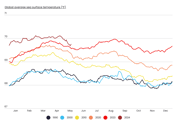
November 15, 2023

January 19, 2021
Related Articles
August 17, 2023
September 25, 2023
July 29, 2022
Featured Locations
- Fishing Charters Near Me
- Austin Fishing Guides
- Biloxi Fishing Charters
- Bradenton Fishing Charters
- Cabo San Lucas Fishing Charters
- Cancun Fishing Charters
- Cape Coral Fishing Charters
- Charleston Fishing Charters
- Clearwater Fishing Charters
- Corpus Christi Fishing Charters
- Crystal River Fishing Charters
- Dauphin Island Fishing Charters
- Daytona Beach Fishing Charters
- Destin Fishing Charters
- Fort Lauderdale Fishing Charters
- Fort Myers Fishing Charters
- Fort Walton Beach Fishing Charters
- Galveston Fishing Charters
- Gulf Shores Fishing Charters
- Hatteras Fishing Charters
- Hilton Head Fishing Charters
- Islamorada Fishing Charters
- Jacksonville Fishing Charters
- Jupiter Fishing Charters
- Key Largo Fishing Charters
- Key West Fishing Charters
- Kona Fishing Charters
- Lakeside Marblehead Fishing Charters
- Marathon Fishing Charters
- Marco Island Fishing Charters
- Miami Fishing Charters
- Montauk Fishing Charters
- Morehead City Fishing Charters
- Naples Fishing Charters
- New Orleans Fishing Charters
- New Smyrna Beach Fishing Charters
- Ocean City Fishing Charters
- Orange Beach Fishing Charters
- Panama City Beach Fishing Charters
- Pensacola Fishing Charters
- Pompano Beach Fishing Charters
- Port Aransas Fishing Charters
- Port Orange Fishing Charters
- Rockport Fishing Charters
- San Diego Fishing Charters
- San Juan Fishing Charters
- Sarasota Fishing Charters
- South Padre Island Fishing Charters
- St. Augustine Fishing Charters
- St. Petersburg Fishing Charters
- Tampa Fishing Charters
- Tarpon Springs Fishing Charters
- Venice Fishing Charters
- Virginia Beach Fishing Charters
- West Palm Beach Fishing Charters
- Wilmington Fishing Charters
- Wrightsville Beach Fishing Charters
